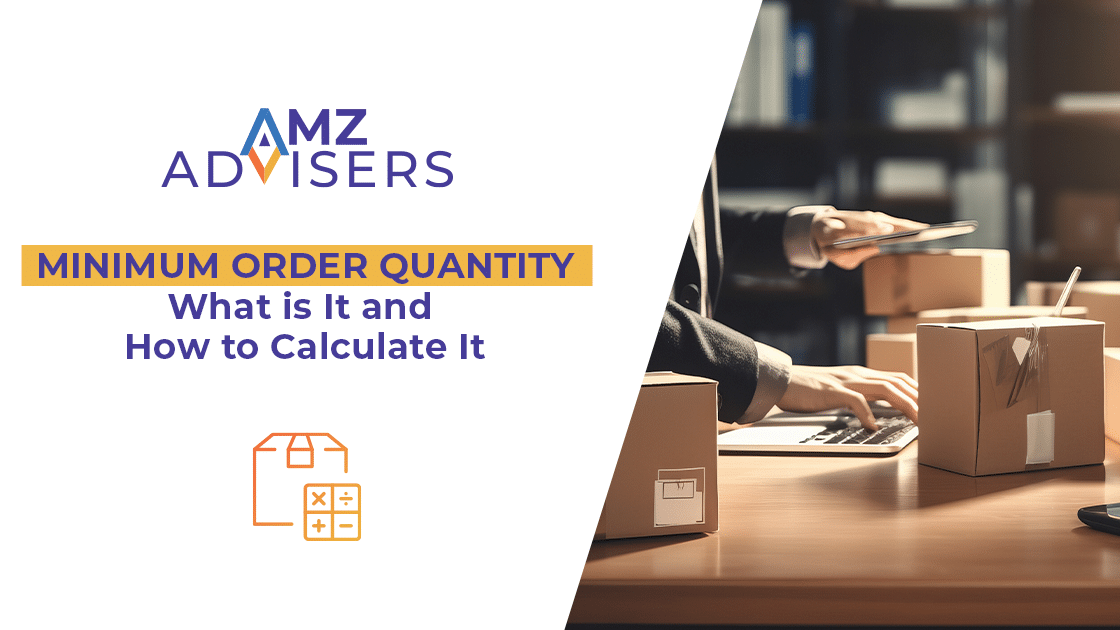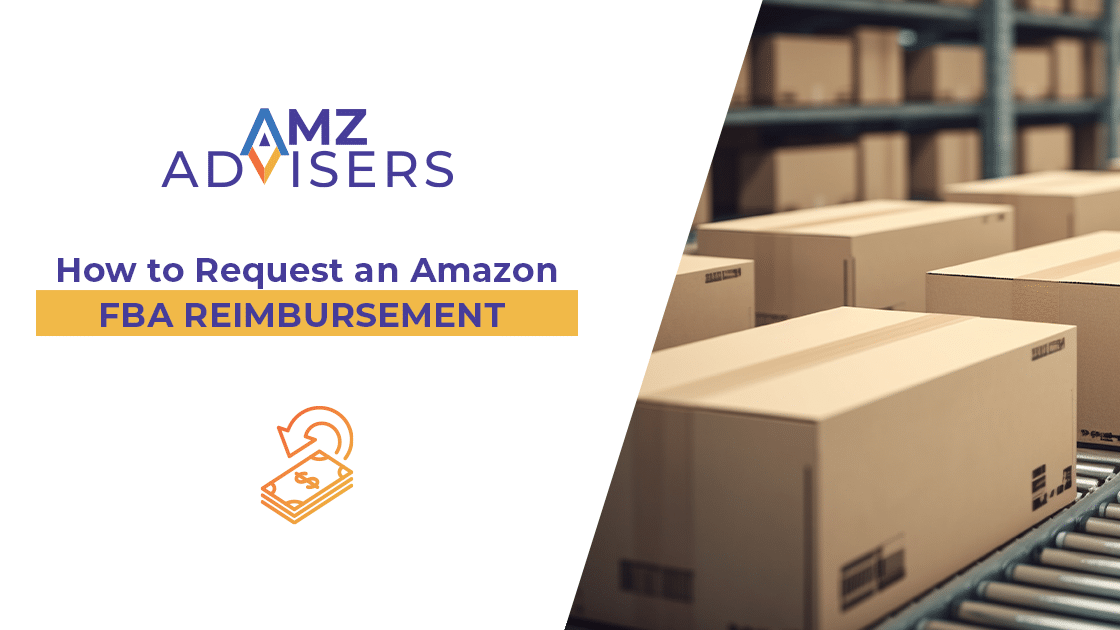Still thinking about the Amazon vendor vs seller debate? A Vendor at Amazon is very different from a Seller.
The key difference lies in control, and how much you want of it. Sellers have more control over the entire selling process. In contrast, vendors have Amazon call all the shots.
That’s why so many brands consider shifting from being vendors to third-party sellers on Amazon.
Now, you’d think this is a complicated shift. Luckily, it’s always possible to opt for a change. First off, you need to find out what they’re all about so you can decide which suits your needs.
Amazon 1P vs 3P models
So, does vendor mean seller? Not really. Both must relinquish some control to Amazon. However, it’s the amount of control that sets vendors and sellers apart.
Another key distinction is how each model each manages their business on Amazon:
- Vendors, or first-party (1P) merchants, use Amazon Vendor Central as their sales hub. As of 2022, Amazon vendors comprised 21% of the marketplace.
- Sellers, or third-party (3P) merchants, rely on Amazon Seller Central. 82% of brands use this model to sell on Amazon.
There are many more unique differences between an Amazon vendor vs seller. Let’s review each business model in detail, so you can select the best fit for your sales strategy.
Amazon Seller
Amazon sellers are your regular retail brands selling on Amazon. They’re known as third-party merchants, and can sell directly to users.
3P brands can keep most control of their Amazon sales. For example, you’ll oversee product quality, marketing, and fulfillment across the sales funnel. Plus, you’ll own your products until the customers purchase and receive them.
Third-party sellers can start an Amazon business with 2 different programs:
- Fulfillment by Amazon (FBA) sellers handle marketing, sales and fulfillment. Then, Amazon takes care of processing, shipping and delivering orders for a monthly fee. You’ll also gain automatic enrollment in Amazon Prime.
- Fulfillment by Merchant (FBM) sellers take care of fulfillment by themselves. You’ll pick, pack and ship the items, handle returns and refunds, and offer customer service. It’s great for big and delicate products that require longer processing.
Both sellers manage almost every aspect of a sale using Amazon Seller Central. Here, you’ll control product listing optimization, pricing, and marketing. As long as you keep the warehouse stocked, Amazon will take care of everything else.
FBA is a very cost-effective way to start selling on Amazon. But you should also consider FBM. Yes, you’ll give up Amazon-handled logistics, but you’ll maintain control of quality and service.
Besides, the best FBM sellers can qualify for Seller Fulfilled Prime. This means that you’ll keep control of your operations, while also providing the benefits of Amazon Prime to customers.
Related content: How to Hire an Amazon FBA Coach
Amazon Vendor
Amazon vendors are also known as first party merchants. Such brands sell products to Amazon, not customers. Then, the marketplace offers those items to customers.
Think of vendors as wholesale suppliers for Amazon. Here’s how the program works in a nutshell:
- Negotiate and accept Vendor agreements. Then, settle on a purchase order (PO) with Amazon.
- Pack and ship orders to Amazon warehouses. Vendors can also arrange to ship orders directly to customers.
- Transfer product ownership to Amazon. From this point forward, products will be branded as “Ships from and sold by Amazon”.
- Amazon takes care of sales, pricing and customer service.
Now, can anyone be a vendor on Amazon? Not exactly. This model is best for distributors and manufacturers. Plus, the program works on an invite-only basis. It’s unclear how Amazon selects vendors, but here are a few things that can help out:
- Earn status as a top brand on Amazon.
- Showcase top-selling FBM or FBA offers.
- Request an invite from Amazon.
If Amazon deems you worthy, they’ll invite you to Amazon vendor central. This is where you’ll collect orders, list products, track shipments and POs, and increase invoices.
Becoming an Amazon vendor is perhaps one of the easiest ways to sell, since you’ll only deal with one customer: Amazon. However, vendors relinquish control of branding, pricing and customer service, among other things.
Note: Vendor terms are usually skewed in Amazon’s favor. Make sure that you understand the fine print before accepting them. Also, negotiate some allowances, since Amazon will require you to make yearly margin improvements.
What is the Difference Between a Vendor and a Seller?
Now that we understand both models, let’s see wat the Amazon vendor vs seller debate really entails. Below, we list how each model differs from the other.
The clearest difference is that vendors sell to Amazon, not to customers. Once the wholesale exchange has been made, the products belong to Amazon. Then, the marketplace will decide how much of each product they want to sell, and the pricing for each offer.
Vendors can appeal for better numbers. However, Amazon holds the power in this relationship and will accept or reject your proposed terms. This is the extent of a vendor’s control over products.
3P sellers maintain ownership over the products that they sell. They therefore have control of all aspects of the process, apart from Amazon regulations.
Being a seller is of course a lot more responsibility for all aspects of the business, from inventory to marketing to customer complaints.
Inventory Management
Vendors can’t control their inventory levels. So, they must wait for Amazon to place an order to keep on selling.
3P sellers can decide how much stock they want to sell. They are selling directly to customers and are at liberty to increase or decrease inventory at will.
Product Launching
3P brands are free to add new products to offer on Amazon. Plus, they get to keep most of the profits.
This freedom is a major factor for the growth of any Amazon business. Conversely, vendors are subject to Amazon’s approval for launching a new product.
It’s not easy for vendors to launch new offers. Amazon can always sell the first items as a sample, or even lower your share of the profits.
Promos and Pricing
Vendor products display the “Ships from and sold by Amazon” badge. This is actually an advantage over 3P brands. Customers trust in Amazon, and are more willing to buy products backed by the marketplace.
As more customers buy the products that you sell to Amazon, you’ll solidify your vendor status. This can provide steady orders from the marketplace, creating a consistent source of income.
But once again, sellers have the freedom to launch and market their products at will. Amazon offers many ad tools and reports that can help brands drive conversions.
3P merchants also have more control over how they price their products. So if a seller has a truly unique product with a lot of value, the price can be as high as the market can tolerate.
Vendors have access to fewer tools, limiting their chances to build up popularity. Plus, they have no control over pricing or marketing strategies.
Listing Optimization
Products sold by Amazon are certainly at the top of the charts. Vendors can ride this wave as their products become popular and demand increases.
However, Amazon also creates all listings. Sure, they do so based on the information requested from vendors. However, 1P sellers Vendors have no control over what Amazon decides to put out there.
Sellers have complete control over their product listings. They know much more about their products, and this allows sellers to better communicate their value to customers.
Customer Service
Vendors have no contact with the end customers. Amazon takes care of the entire process from marketing and shipping to providing customer service.
In contrast, sellers can choose how much contact they wish to have with Amazon users. They must maintain a high customer satisfaction to remain competitive, of course.
An open line of communication provides 3P sellers with the distinct advantage of building lasting customer trust. This is crucial to the growth of any business, but more so on Amazon, where loyalty holds so much weight.
Going Hybrid
Why not forget about the Amazon vendor vs seller question? Rather, you can combine the advantages of both to create a powerful business model.
Jungle Scout states that 3% of brands use a double approach. This means using a hybrid vendor central and seller central strategy.
Both models are designed to drive your Amazon revenue. However, the hybrid approach offers unique tactics to manage and optimize sales performance.
By using a hybrid strategy, current Amazon vendors can hedge their dependency on Amazon. You’ll also appeal to both customers and the marketplace itself.
Plus, vendors interested in a full transition, they can also start to slowly become Amazon sellers.
Backlash from the Marketplace
Some vendors will be prevented from moving over to selling. Amazon has a vested interest in maintaining their established vendor relationships.
The marketplace sees these switches as business being taken away from them. If Amazon prefers to keep you as a vendor, they have the power to do so, whether the switch is partial or full.
But there is a workaround. If you are able to create a separate business with all new banking and tax information, you still have a chance to enter the third-party side.
Granted, this is not the ideal way to switch, but it may be the best option if Amazon votes against your application.
Amazon Vendor vs Seller – Final Thoughts
So, Amazon vendor vs seller. There are key advantages to both models.
Being a Vendor is great for those who don’t want to deal with the nitty gritty of retail. It’s also an ideal choice if you don’t mind leaving most of the decisions up to Amazon.
However, if you want more control over your products, then it’s better to become an Amazon seller. Plus, you’ll be able to work directly with consumers.
In the end, only you can say which model suits you best. Whichever way you decide to sell, what is important is to get started.
Then you can work your way up to generating that target five- or six-figure income that you are dreaming of.
Authors
Julia Valdez is a professional teacher and long-time lover of the art of words on paper and the stage. She has an entrepreneurial heart and spends most of her time doing marketing and management, freelance content writing, volunteer work, and sharing lots of laughs over little crazy things.
Esteban Muñoz is a content writer at AMZ Advisers, with several years’ experience in digital marketing and e-commerce. Esteban and the AMZ Advisers team have been able to achieve incredible growth on Amazon for their clients by optimizing and managing their accounts, and creating in-depth content marketing strategies.



